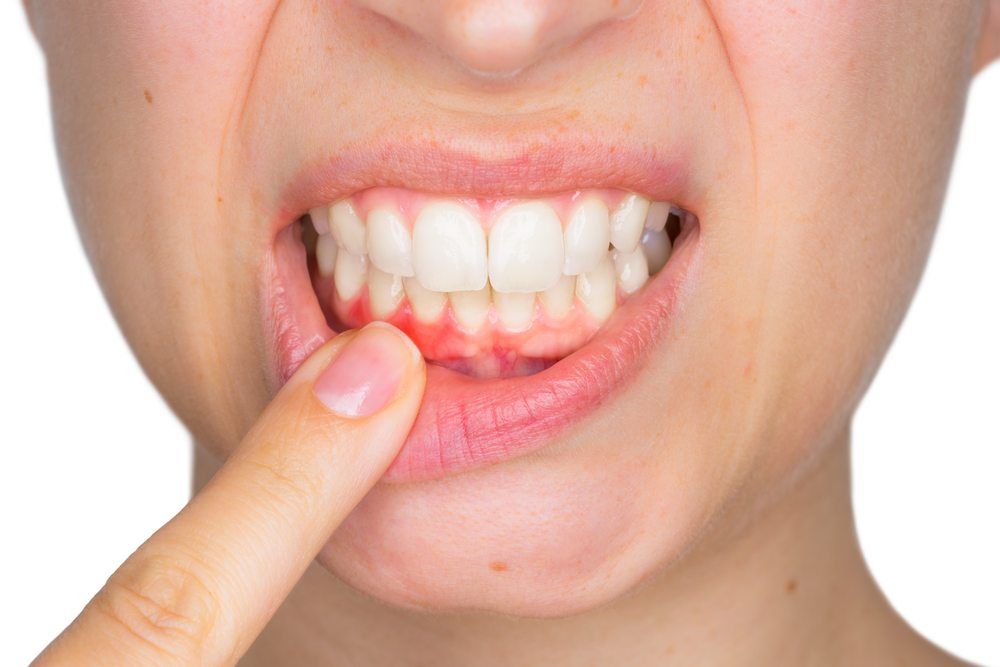Understanding the Causes and Treatments
A swollen gum around a single tooth, particularly in the back of your mouth, can be alarming. It’s a sign that something isn’t quite right with your dental health. While the cause could be something minor, it’s important to understand the various possibilities and seek professional help if necessary. This article dives deep into the reasons behind swollen gums around a back tooth, explores treatment options, and offers helpful information to keep your smile healthy.
Common Causes of Swollen Gums Around a Back Tooth
Several factors can contribute to swollen gums around a back tooth. Here’s a breakdown of the most frequent culprits:
- Food Impaction: Tiny food particles can become lodged between your teeth, especially in the back where molars have deep grooves. Over time, this debris attracts bacteria, leading to inflammation and swelling of the surrounding gum tissue. This is usually a temporary issue, but if left unaddressed, it can progress to more serious problems.
- Poor Dental Hygiene: Brushing and flossing twice daily are essential for removing plaque, a sticky film teeming with bacteria. Inconsistent oral hygiene allows plaque to build up and harden into tartar. Tartar irritates the gums, causing inflammation and swelling. This can eventually lead to gum disease.
- Gum Disease: Gingivitis, the early stage of gum disease, is characterized by red, swollen, and potentially bleeding gums. It’s reversible with good oral hygiene and professional cleanings. However, if left untreated, gingivitis can progress to periodontitis, a severe gum infection that damages the bone supporting your teeth. Periodontitis can cause significant gum recession, loose teeth, and even tooth loss.
- Abscessed Tooth: A dental abscess is a pus-filled pocket that forms around a tooth due to a bacterial infection. This infection can originate from a deep cavity, a cracked tooth, or gum disease. Symptoms of an abscess can include throbbing pain, swollen and tender gums, fever, and bad breath.
- Injury: Accidental bites, falls, or improper flossing can injure the gum tissue around a tooth, leading to swelling and discomfort.
- Hormonal Changes: Fluctuations in hormone levels during pregnancy, menstruation, and puberty can affect gum health, making them more susceptible to inflammation and swelling.
Additional Factors to Consider
While less common, other factors can contribute to swollen gums around a back tooth:
- Vitamin Deficiencies: Deficiencies in vitamin C or B-complex vitamins can impact gum health and increase the risk of inflammation.
- Medications: Certain medications can cause dry mouth, which can contribute to gum problems.
- Autoimmune Diseases: In rare cases, autoimmune diseases that attack healthy tissues can affect the gums, causing swelling and inflammation.
Treatment Options for Swollen Gums Around a Back Tooth
The appropriate treatment for swollen gums depends on the underlying cause. Here’s a look at some common approaches:
- Improved Oral Hygiene: This is the foundation of any treatment plan. Brushing twice daily with a soft-bristled toothbrush and flossing at least once a day are crucial for removing plaque and debris. Consider using an interdental brush specifically designed to clean between back teeth.
- Professional Cleaning: A dental hygienist can perform a deep cleaning to remove plaque and tartar buildup from below the gumline. This can help reduce inflammation and promote healing.
- Antibiotics: In cases of an abscessed tooth, your dentist may prescribe antibiotics to combat the infection.
- Root Canal Therapy: If the pulp (inner tissue) of your tooth is infected, a root canal therapy may be necessary to remove the infected tissue and save the tooth.
- Tooth Extraction: In severe cases with extensive damage or an abscessed tooth that cannot be saved, tooth extraction might be the only option.
Preventing Swollen Gums and Maintaining Oral Health
Here are some key practices to prevent swollen gums and maintain overall oral health:
- Consistent Brushing and Flossing: Brushing twice a day for two minutes each time and flossing at least once a day are vital for removing plaque and food debris.
- Regular Dental Checkups: Schedule regular dental checkups and cleanings, typically every six months, to identify and address potential problems early on.
- Balanced Diet: Maintain a healthy diet rich in fruits, vegetables, and whole grains to provide your body with the nutrients it needs for optimal oral health.
- Limit Sugary Drinks and Foods: Sugary drinks and foods create an environment conducive to bacterial growth, so limit your intake to maintain healthy gums.
- Consider Oral Rinses: While not a substitute for brushing and flossing, an antiseptic mouthwash can help reduce plaque and freshen breath. Choose one with the American Dental Association (ADA) seal of approval.

